Kraków 2020-10-04
Suchoj Su-7 B in museums in Poland.
The Su-7 B (BM, BKŁ, U) planes were used in the Polish Army from 1964 to 1990. Theoretically, the fog planes will be operated for more years. However, several factors contributed to their cessation of service. The combat value of the Su-7 B aircraft in the defense of Poland was negligible. For such a large plane, the range of weapons was small. With the Su-7 BKŁ's curb weight of 8,937 kg, the armament lifting capacity was up to 4,000 kg, which is a poor result. The modernization of the aircraft to carry more diverse weapons was unprofitable and expensive. The Su-7 B aircraft in any version did not have a radar station, and the detection of targets visually was very difficult. Finally, all technical maintenance of a higher level, in addition to periodic maintenance, was performed in the CCCP. Even the ferrying of the planes to the repair facilities at the CCCP was performed only by Soviet pilots.
In Pułki in Bydgoszcz and Powidz there were 47 Su-7 BM, BKŁ, U planes. Many of these planes were not scrapped, but went to collectors or museums. The planes were handed over to the Polish Aviation Museum in Kraków (Czyżyny), the Polish Army Museum in Warsaw (Fort Czerniaków), the Air Force Museum in Dęblin (since 2012), and the Museum of the White Eagle in Skarżysko Kamienna.
Polish Aviation Museum.
The Polish Aviation Museum in Krakow (Czyżyny) has 5 planes in its collection.These are the following planes:
Su-7 BM nb 01 No. 5301 - delivered to Poland in June 1964.
Su-7 MB nb 06 No. 5306 - delivered to Poland in June 1964.
Su-7 BKŁ nb 806 No. 7806 - delivered to Poland in 1972.
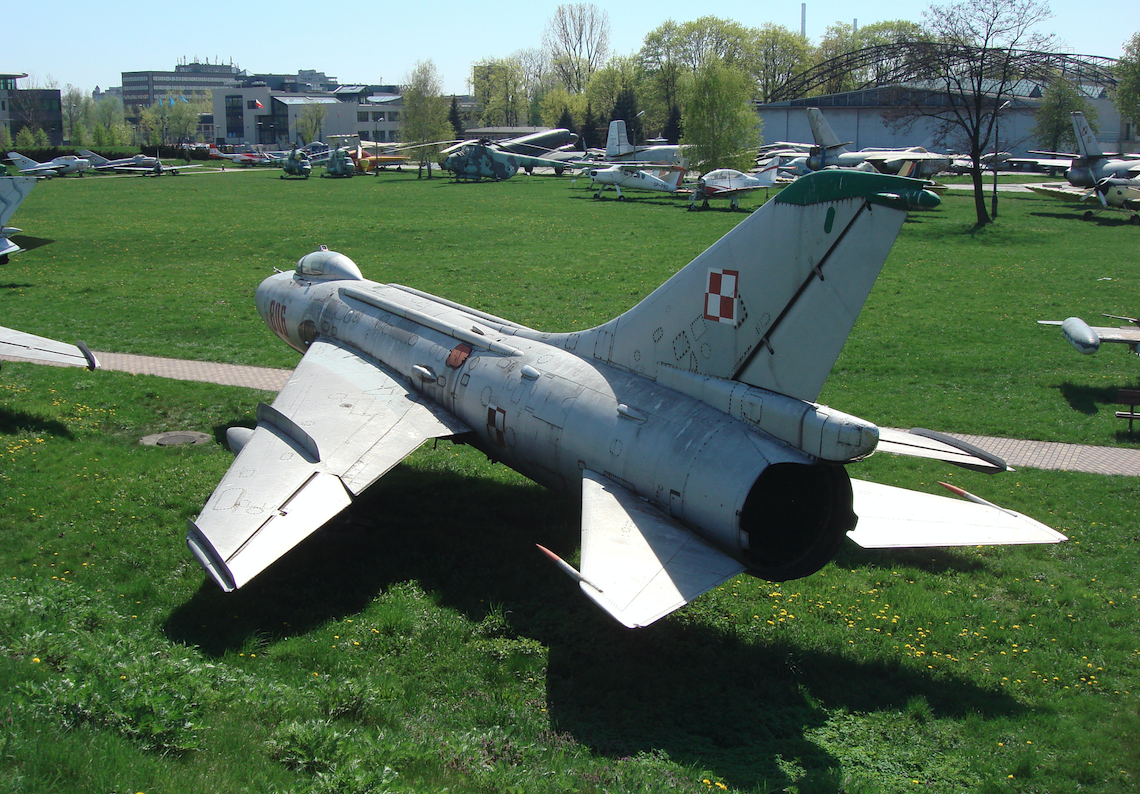
Su-7 BKŁ nb 807 No. 7807 - delivered to Poland in 1972.
Su-7 U nb 116 No. 2116 - delivered to Poland in 1969.
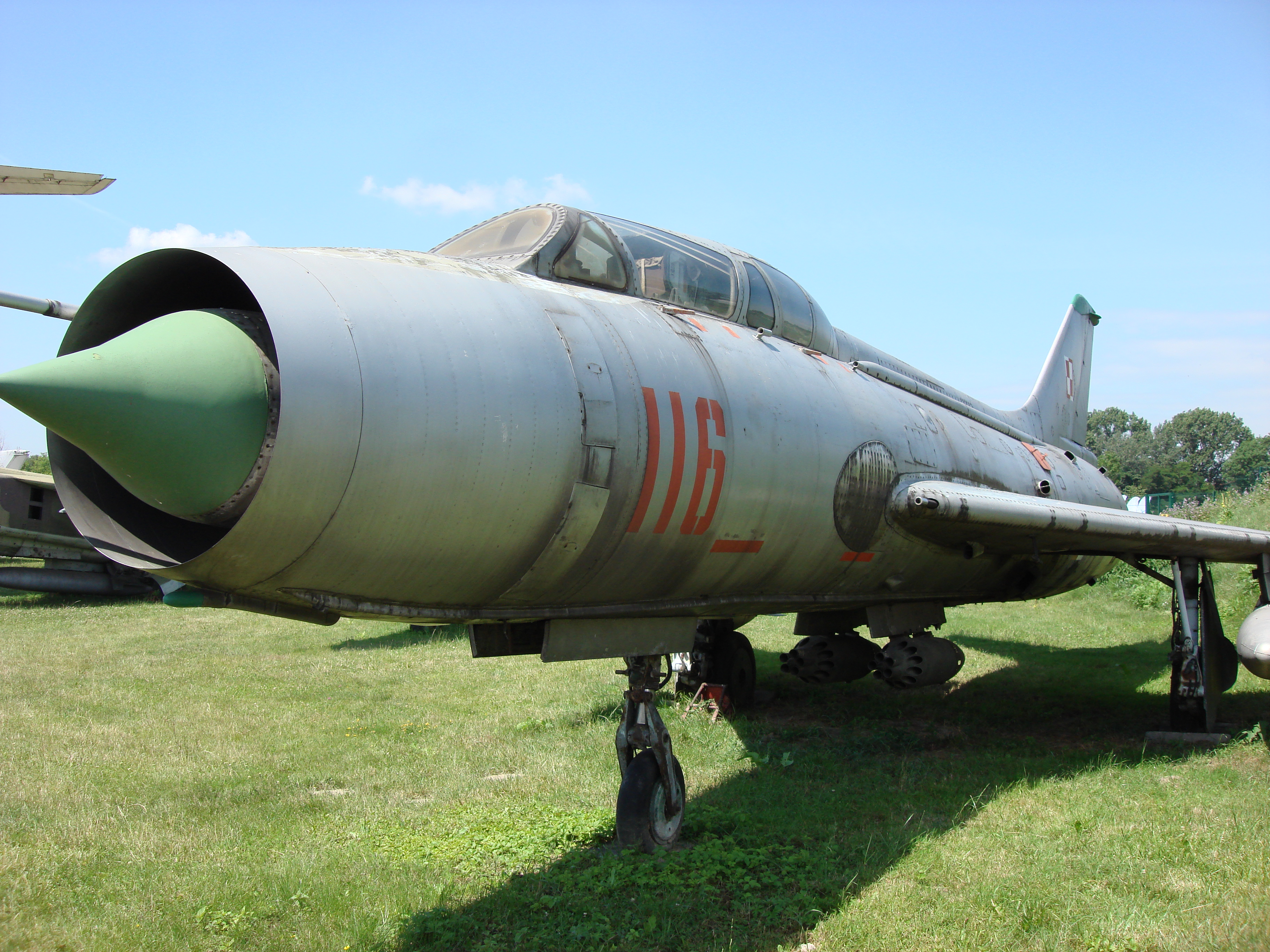
Description to the photo: The aircraft has UB-16-57U containers under the fuselage, for S-5 unguided missiles. Additional fuel tanks, each 600 liters of aviation kerosene, are suspended under the wings.
Polish Army Museum.
The Polish Army Museum in Warsaw (Fort Czerniaków) has 4 planes in its collection.These are the following planes:
Su-7 BKŁ nb 13 No. 6013 - delivered to Poland in 1966.
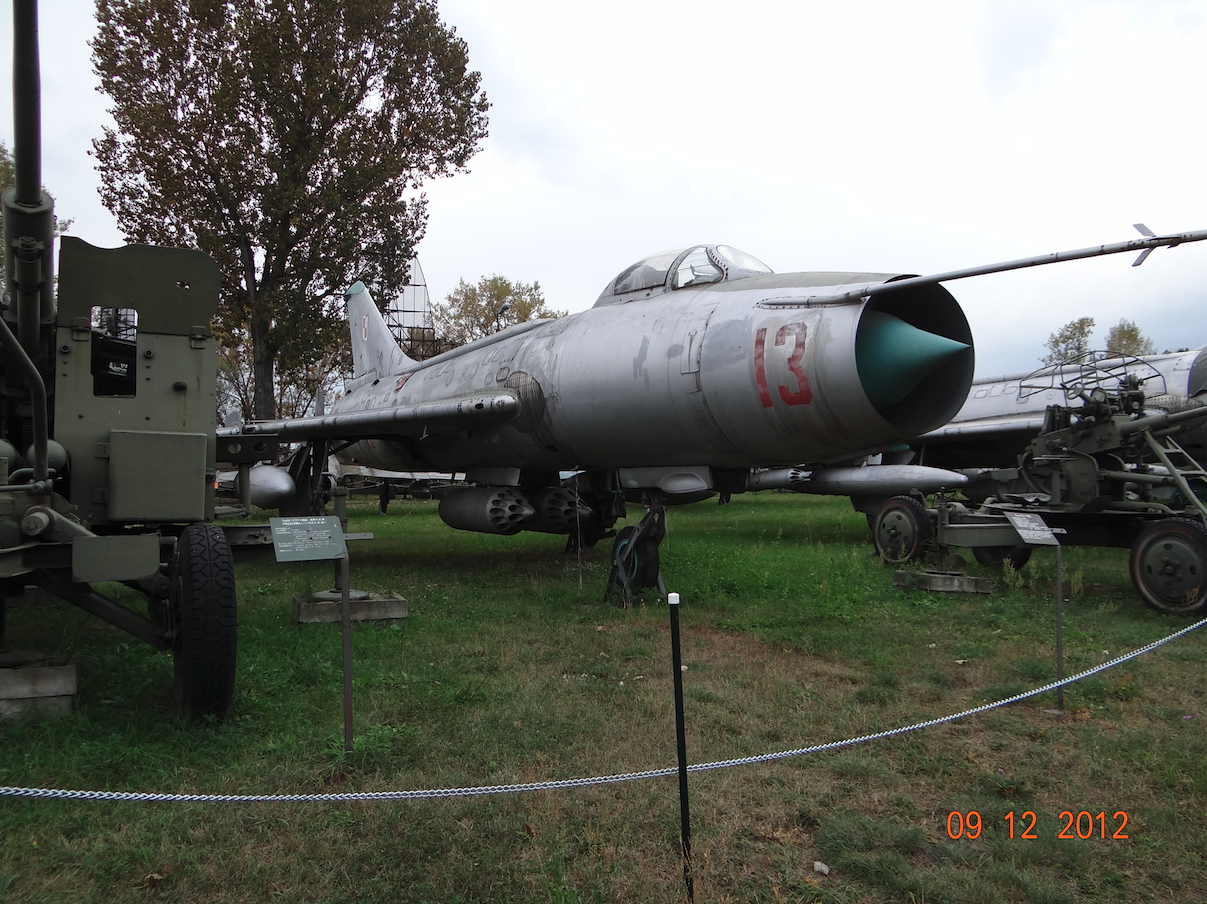
Description to the photo: The plane has no cannons. Under the fuselage, there are two B-8M1 shells with 20 copies 80mm S-8 rounds.
Su-7 BKŁ nb 17 No. 6017 - delivered to Poland in 1966.
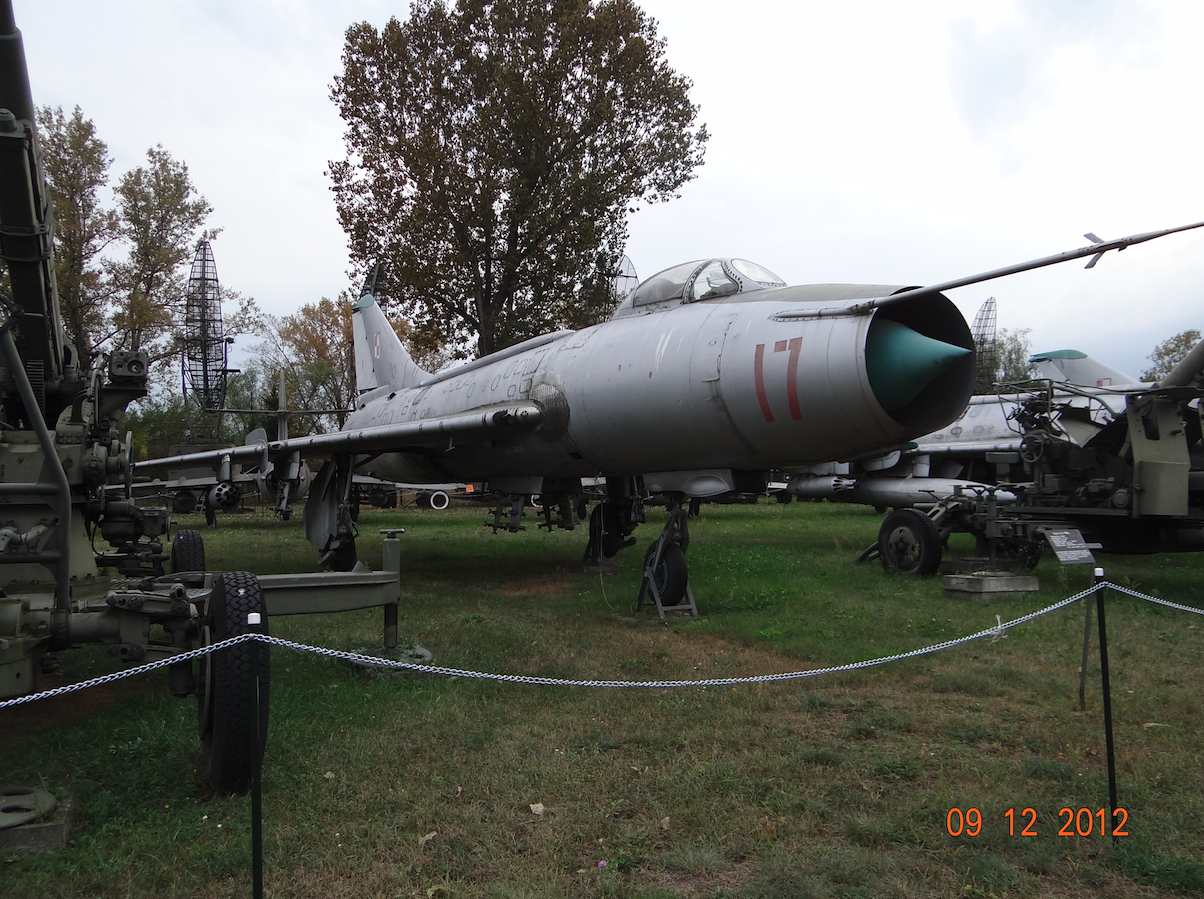
Description to the photo: The plane under the wings and under the fuselage has garlands for attaching aerial bombs. UB-16-57U containers are located under the wings on the external weapon hooks.
Su-7 BKŁ nb 815 No. 7815 - delivered to Poland in 1972.
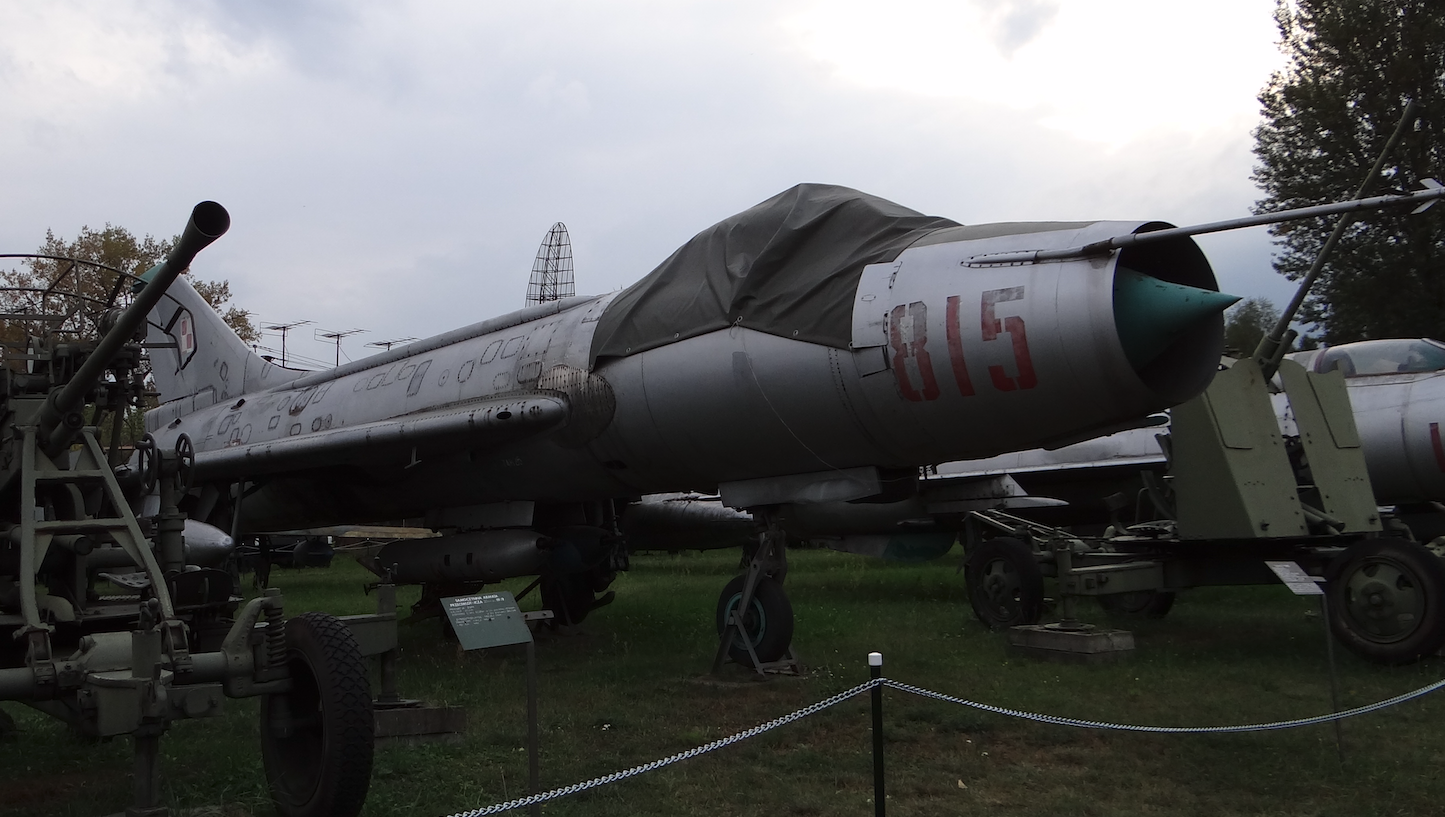
Description for the photo: The plane has two GSz-23 (two-barrel) cannons suspended under the fuselage.
Su-7 U nb 331 - delivered to Poland in 1971.
Museum of the Polish Air Force.
The Polish Air Force Museum in Dęblin has in its collection 4 planes.These are the following planes:
Su-7 MB nb 03/3117 No. 5303 - delivered to Poland in June 1964.
Su-7 BKŁ nb 12 No. 6012 - delivered to Poland in 1966.
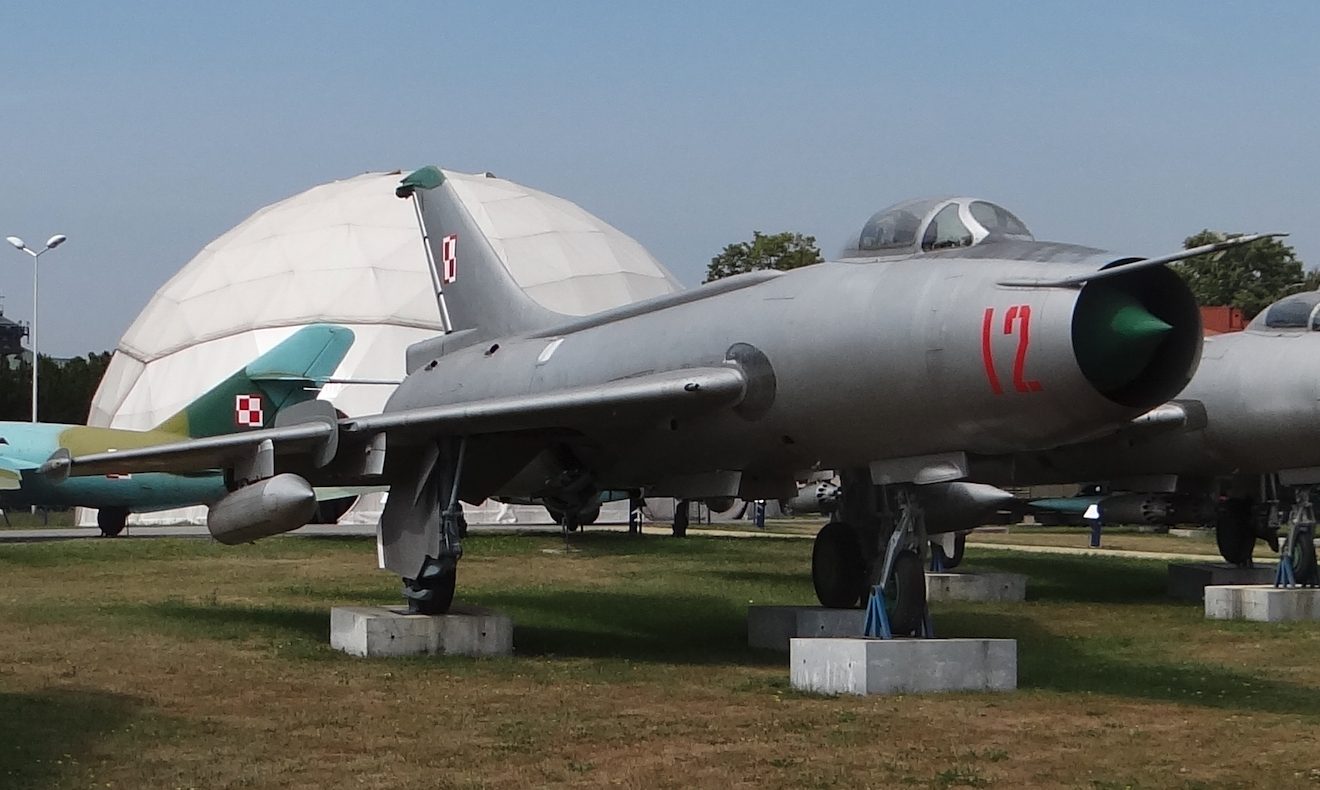
Description to the photo: The plane is after renovation. The plane has cluster bombs under the wings.
Su-7 BKŁ nb 22 No. 6022 - delivered to Poland in 1966.
Su-7 U nb 702 No. 3702 - delivered to Poland in 1976.

Description to the photo: The plane is after renovation, painting.
Museum of the White Eagle.
The Museum of the White Eagle in Skarżysko Kamienna has in its collection 1 plane:
Su-7 BKŁ nb 809 No. 7809 - delivered to Poland in 1972.
Su-7 B planes in museums.
All planes are in natural duralumin color. The engine air intake cones are green. The side numbers are red, and on some airplanes it is already difficult to see. However, in other places of the airframe you can find four-digit serial numbers. For example, on flaps and bonnet covers. Chessboards can also be difficult to see due to the passage of time. Many aircraft have cockpit engines and equipment. UB-16-57U unguided missile trays and additional fuel tanks with a capacity of 600 liters each are often suspended at the junctions under the wings and under the fuselage. The planes also have small arms in the form of two 30mm NR-30 cannons, which are mounted in the base of the wings.
Written by Karol Placha Hetman
Kraków 2020-10-04
Suchoj Su-7 B in museums in Poland.
Su-7 BKŁ chassis structure.
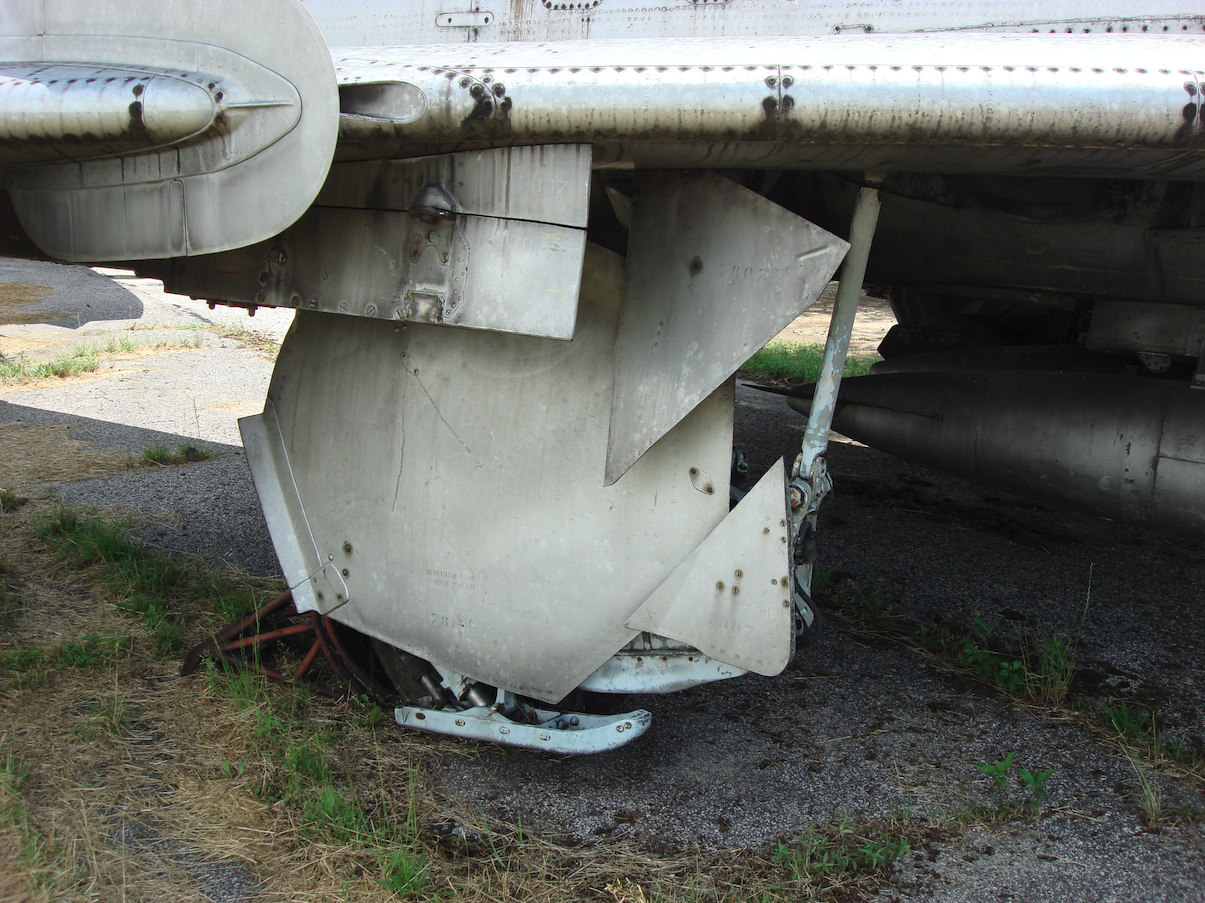

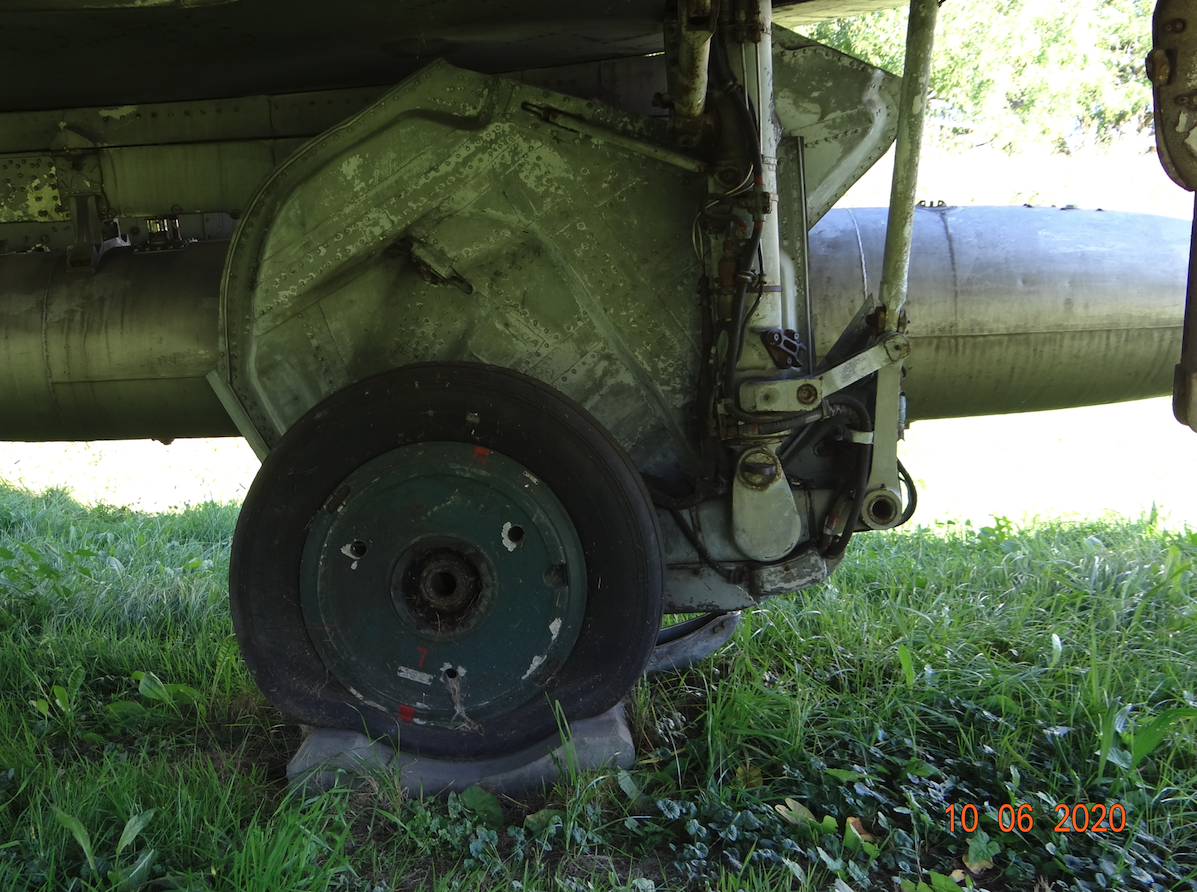
The Su-7 BKŁ aircraft has a specific landing gear. The designation of the BKŁ is the Russian Koliesno-Łyżny, Колесно-Южный, in Polish Kołowo-Płozowe). In addition to the classic three wheels, the main landing gear legs feature small skids. The Su-7 BM, U planes have a classic landing gear. The chassis is three-support with a front wheel. It is retracted and released hydraulically. The front leg is equipped with a vibration damper, which also acts as a steering (steering) wheel. All wheels are single. The main landing gear tires measure 860x230. Oil-air shock absorbers. The front landing gear retracts towards the front of the fuselage and is covered with two symmetrical flaps. The main landing gear retracts towards the fuselage, towards the wings. The tires have a relatively large diameter (860x230) for the use of ground airports and are high pressure. The spacing of the main chassis is 3.83 m. The base of the chassis is 4.78 m.
During the first months of operation, it turned out that the aircraft had difficulties taking off and landing at ground airports. Especially in early spring and autumn, when the ground is saturated with water.
In 1959, work began on a prototype designated as S-23 (based on Su-7), which replaced the classic wheeled chassis with special skates (skids). They were made of an aluminum alloy by the casting method. Smooth underside, visible reinforcing ribs from the top. The runners were approximately 60 cm x 18 cm.
During the tests, it turned out that on heterogeneous ground, with puddles, mud and frozen places, the skid has different friction and can push the plane aside when moving. The system worked well when the plane landed, as the skates did not get stuck in the relatively soft ground. On the other hand, during take-off, the skids put up much more resistance than the wheels. Other problems also arose. After a frosty night, the skids froze to the ground and the plane could not be moved.
At that time, the designers used an additional installation to lubricate the skid with oil. There are several holes in the bottom of the skid through which the oil leaks, which caused equal dad on both amphibians and cooled the skids. With such a plane, it was even possible to perform a "controlled skid" to throw the plane backwards. The system proved successful, but only at airports with unpaved surface. It turned out, however, that the additional installation complicates the structure of the aircraft, and the aircraft cannot be operated on a concrete surface.
Su-7 BŁ
In 1962, another prototype of the S-22-4, built on the basis of the Su-7 B, was tested. The skids were mounted on the outside of the main wheel and were automatically lowered by two hydraulic cylinders when the plane landed on the ground. When taking off or landing from a concrete base, the skids remained in their initial position and the plane used only standard wheels for this. The tests were discontinued for unknown reasons.
However, the CCCP intelligence obtained information that the West had developed special bombs to destroy concrete surfaces at airports. Research on the wheel-and-skate chassis was resumed in 1963 with the development of the S-26 prototype, based on the Su-7 BM aircraft. The plane received a revised version of the skates known from the S-23 (the wheel remained in the front) to reduce their resistance to take-off, especially from a concrete ground, the system received a special skid-cooling installation (with oil). It was planned to implement the aircraft for production under the designation Su-7 BŁ, but eventually, due to the complexity of the installation, this solution was abandoned.
Su-7 BKŁ (rosyjskie Koliesno-Łyżnyj, Колесно-Южный).
In the years 1962-1964, factory tests were carried out, and in 1964-1966, state tests of the S-22-4 aircraft using some elements from other prototypes. The aircraft was recommended for serial production in 1965 as the Su-7 BKŁ. In addition to the aforementioned (in the case of the S-22-4 description) wheel and skid system, the plane received SPRD-110 launch accelerators, enlarged fuel tanks, two large braking parachutes (all innovations were tested on the S-25 aircraft), the ASP-semi-automatic sight PF-7 (replaced with ASP-PFM-7 in the 1970s), KS-4 ejection seat (allowed to leave the plane from 0 m altitude with a minimum speed of 140 km / h), AL-7 F1-250 engine (250 hours, engine weight 2,103 kg, fuel consumption 0.9 kg / kG / h), thinner armored windshield for improved visibility, reinforced aerodynamic combs, air brakes, new additional fuel tanks, 950 liters each. The armament was strengthened, and thanks to the reinforcement of the wings for new spare fuel tanks, the plane received an additional mounting point under each wing (installed from 1969) with a capacity of 2 x 250 kg.
The wheel-skid undercarriage of the main legs has been developed so that there are fewer changes to the undercarriage chamber. The skid has dimensions of 40 cm x 12 cm. Its main element was made by casting from an aluminum alloy. The skid received a metal skid in the form of a form placed on the skid and fixed with bolts. When it was worn out, only the metal slide was replaced, not the entire slide. The skid is lowered by two hydraulic cylinders that are attached to the rocker arm. Sometimes in the descriptions of the Su-7 BKŁ aircraft you can find the term - Terrain skid.
The production of the Su-7 BKŁ aircraft was carried out in the years 1965-1971 and ended with the construction of about 500 copies in series numbers 57-80.
Written by Karol Placha Hetman
Kraków 2020-10-04
Suchoj Su-7 B in museums in Poland
Tally
The tally is included in another section.
Written by Karol Placha Hetman
